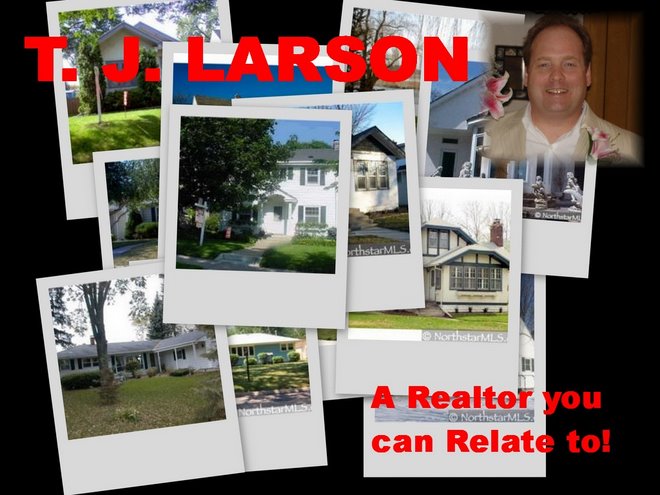Here is an interesting perspective on the 2006 Real Estate Market.
2006: It Was A Very Good Year
The end of the year is at hand and with it some relief. Despite claims of an impending real estate bust that will rival the Great Depression, for the most part 2006 merely represented a slow-down from the torrid and unsustainable pace of 2005.
According to the National Association of Realtors, annualized home sales as of October -- the last figures available at this writing -- were expected to reach 6.24 million, a very good year by most standards but down 11.5 percent from 2005. As to prices, by October 2006 they were down 3.5 percent nationwide when compared with a year earlier -- but many metro areas actually showed strong price gains: As of the third-quarter NAR reported that of 148 metro areas, 21 had double-digit price increases for the year, 102 had price gains, 45 had declines and one was unchanged.
For the year, the National Association of Home Builders reports that on a year-over-year basis, total housing starts were down 25.5 percent in November. Permits during the month -- a strong guide to future construction activity -- were 31.3 percent below a year ago.
To put matters in perspective, while 2006 sales were off from 2005, it's fair to say that 2005 was a ridiculously-good period; a perfect combination of low rates, supercharged real estate activity and easy financing. No doubt 2006 price levels and sale activity would have been seen as astonishingly good not too long ago.
Sales and prices would have been in far worse shape during 2006 had interest levels risen. Figures from Freddie Mac show that interest rates for 30-year fixed-rate loans topped out in late July at 6.8 percent while in mid-December the same loan could be had at 6.12 percent, a significant decline. Relative to rates seen during the past 45 years, 6.12 percent is very much toward the bottom. (And for the record, yes, I thought rates in 2006 would breach 7 percent, if not more.)
Why interest rates have stayed so low is an outright mystery. The federal government has added at least $1.5 trillion to the deficit in the past five years. Trade with other nations is upside down -- we spent $432 billion more than we took in just during the first six months of 2006.
Given that capital is so much in demand you might expect interest rates to rise. Such an expectation is firmly within the realm of logic and reason and yet rates have fallen since this summer. Higher rates would not only impact sales and pricing, they would also jolt many current owners with ARM financing because the indexes used to calculate ARM rates move up and down with the short-term marketplace.
Move indexes a little higher and borrowers today who are at the cusp of affordability might find themselves awash in mortgage debt they cannot support. To relieve the pressure of higher monthly costs, many of these owners would be forced to sell with some speed and lots of concessions. More homes on the market would increase supply and thus push down prices.
There are some who argue that 2006 has been a trough of sorts and that with a growing population and a strong job base we will see a return in 2007 to a stronger market with more sales and higher prices.
While a marketplace renewal would be delightful, one cannot ignore the possibility of higher mortgage rates and the continuing and widespread use of toxic loans -- those interest-only and option ARMs that now finance so many transactions. The routine use of stated-income loan applications, applications where income is typically not verified, is also a source of apprehension.
It hardly seems like a coincidence that toxic loans were first popularized around 2001, that many had five-year start periods during which time borrowers could make tiny payments and that in 2006 -- five years later -- we saw a vast increase in foreclosures, up 68 percent in November from a year ago according to RealtyTrac.
Rather than worry about national trends it's best to look at local values. It's useful for property owners and would-be property owners to speak with nearby brokers once a year. Such "tell me about the market" sessions can include a careful look at local sales in the past year, community trends and new factors which may impact area home values such as a nearby school opening or road construction. (And for brokers, it's a chance to meet new folks and reconnect with long-time residents.)
You might be surprised by what you find. In my community, according to Metropolitan Regional Information Systems (MRIS), November unit sales were down 19.6 percent from a year ago -- while average prices were up 1.64 percent!
Go figure. With such contrary results it's hard to explain the present much less predict the future.
Wednesday, December 27, 2006
Subscribe to:
Post Comments (Atom)


No comments:
Post a Comment